How Fearful Avoidant Attachment Develops in Childhood
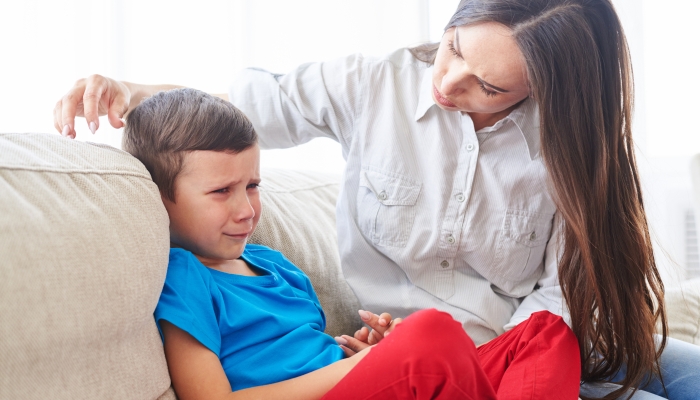
- Fearful avoidant attachment is an insecure attachment style marked by incongruent behaviors, lack of regulation skills, and boundary issues.
- Secure attachment is necessary for children to have resilience to stress.
- When caregivers are seen as unpredictable or scary, insecure attachments can form.
- Healing is possible through a caregiver’s ability to provide the four S’s of attachment—feeling safe, seen, soothed, and secure.
At the beginning of my career, I worked at a not-for-profit agency that provided counseling services to children in the foster care system. During that time, I worked with countless traumatized and abused children.
Their trauma filled their life with outbursts at school, unhealthy friendships, and aggression toward caregivers. Often, when they reached their teen years, drug and alcohol abuse would abound. They were angry, untrusting, and craving connection.
All of these children were dealing with different mental health diagnoses, but many of them had one thing in common: their insecure attachment style.
Attachment theory suggests that children need at least one parent or caregiver with whom to create a secure attachment. Secure attachment is what allows children to develop appropriate social and emotional skills. Through this attachment, they also build resiliency to endure stress and hardship.
However, when the parent is a source of fear for the child, such as with abused or neglected children, it interferes with their ability to build a secure attachment. Instead, they may form a fearful avoidant attachment style.
With a better understanding of fearful avoidant attachment in children, caregivers can learn to support an insecure child, help them heal their attachment wounds, and learn to formulate a secure attachment style.
What Is Fearful Avoidant Attachment?
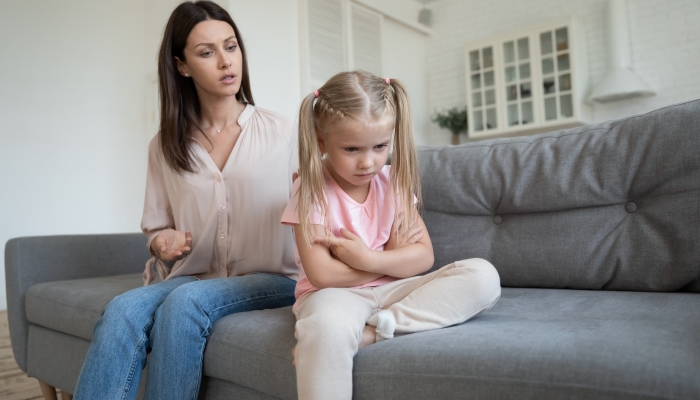
A fearful avoidant attachment style in children is identified by confused and conflicted behaviors, such as screaming for attention and rejecting the caregiver when they provide affection. They may sit very close to their mother but avoid making eye contact.
Fearful avoidant children will act in very opposing ways toward their caregiver. For example, a daycare provider may notice a child scream out for her mother when dropped off, but when the mother returns at the end of the day, her daughter reacts angrily or avoidant towards her.
When Does Fearful Avoidant Attachment Develop?
According to the Attachment Project11. How Fearful Avoidant Attachment Style Develops in Childhood. Attachment Project. 2023. https://www.attachmentproject.com/blog/fearful-avoidant-attachment-style/#:~:text=The%20fearful%20avoidant%20attachment%20style%20occurs%20in%20about%207%25%20of,see%20them%20as%20%E2%80%9Cscary%E2%80%9D., “The fearful avoidant attachment style occurs in about 7% of the population and typically develops in the first 18 months of life.”
During these early months, a child’s primary caregiver may have acted erratically and unpredictably. Sometimes, they even show aggression or hostility, which would cause the child to fear the parent.
Due to the unpredictability of addiction, children who grow up with a parent addicted to drugs or alcohol are highly likely to develop a fearful avoidant attachment style.
A study published by Alpha Psychiatry22. Simsek, G., Unubol, B., & Bilici, R.. Attachment Styles of Parents with Alcohol Use Disorder and the Relation of Their Parenting Perception to Their Parenting Attitudes. ALPHA PSYCHIATRY. 2021;22(6), 308–317. https://doi.org/10.5152/alphapsychiatry.2021.21239 assessed the attachment styles of parents with alcohol abuse disorder. Their findings suggest “that alcohol-using individuals have a higher rate of insecure attachment and a higher rate of avoidant attachment.”
In this study, 54% of the participants had an avoidant attachment style. This is important because not only does it tell us that parents with avoidant attachment have likely raised people with a substance abuse disorder, but they are also likely to raise children with fearful avoidant attachment.
The Impact of Stress on Development
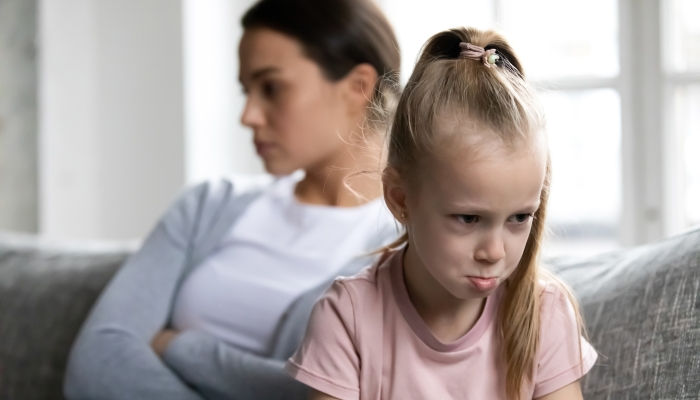
Research from Harvard University33. Toxic Stress. Center on the Developing Child at Harvard University. https://developingchild.harvard.edu/science/key-concepts/toxic-stress on the healthy development of children’s brains has identified three types of stress and their impact on our growth over time:
- Positive stress is ordinary and necessary for appropriate social and emotional development.
- Tolerable stress is a severe stress event but is temporary. Tolerable stress is even more manageable with supportive relationships.
- Toxic stress is unending, unmanageable, or highly severe—such as with abuse or neglect.
When toxic stress comes from the people whom we are supposed to trust, it fosters the fearful avoidant attachment style.
Toxic Stress Can Lead to Insecure Attachment
Fearful avoidant attachment develops in children whose caregivers consistently behave in contrasting and unpredictable ways.
This attachment style is caused by a childhood in which at least one parent or caregiver exhibits alarming or scary behavior. This behavior can range from overt abuse to more subtle signs of anxiety or uncertainty, but the result is the same.
For example, the mother shows a lot of physical affection at the start of the day, but later in the day, she hits the child for crying to be fed. As a result, the child is afraid to ask for her needs to be met.
She feels simultaneously drawn to her mother while also feeling afraid of her. Her mother is providing inconsistent attention, so the fearful avoidant child subconsciously concludes that her mother will not be able to meet her needs.
Children with fearful attachment desire closeness, but act conflicted when presented with it. They cannot trust their needs will be met and end up rejecting attempts by others to meet their needs.
How to Tell if a Child Has Fearful Avoidant Attachment
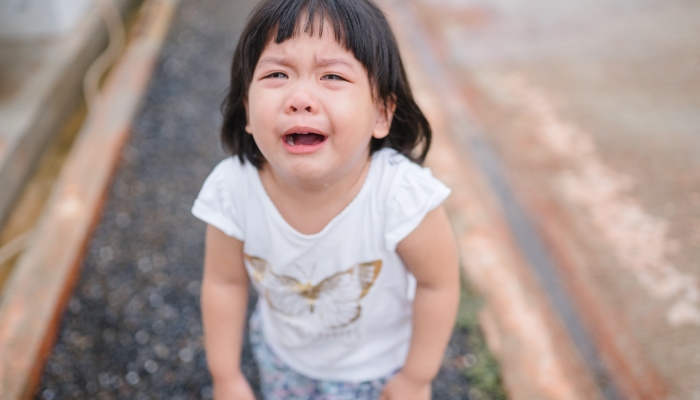
The symptoms of a fearful avoidant attachment are observable through how your child relates to and engages with others. The main symptom in a young child is an incongruent response to their caregiver’s attention, such as when they pursue the caregiver’s attention but reject it when they turn toward the child.
As a child grows, it also becomes more evident in other relationships. They may not be able to get along with a sibling or children at school, or they get too comfortable with a strange adult at the park. They often show intense emotions without any sense of self-soothing capabilities.
Other signs of fearful avoidant attachment in children include:
- Struggling to feel safe.
- Feeling conflicted about whether they want the caregiver’s affection.
- Inability to keep long-term friendships.
- Trouble maintaining personal boundaries.
- Lack of independence and self-help skills.
- Frequent meltdowns or tantrums.
- Unsure of how to self-soothe.
What Are the Effects of Fearful Avoidant Attachment in Child Development?
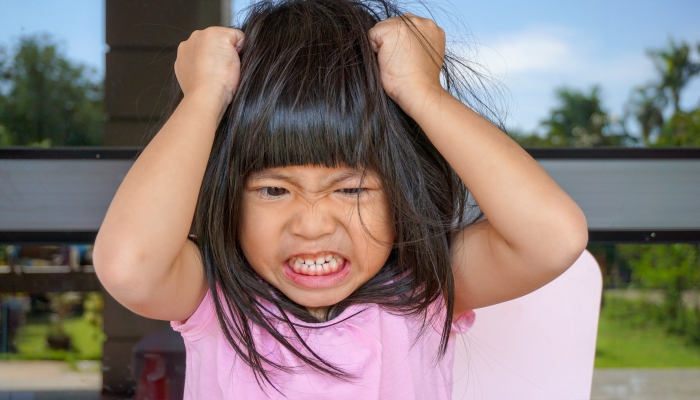
Attachment styles have an impact on all areas of our lives. Those with fearful avoidant attachment not only struggle with their caregivers but also have a hard time in relationships with teachers, friends, and siblings.
Many will struggle with their emotions and verbalization of needs due to their insecurities. They may struggle in school and getting a job due to lacking trust in others and themselves.
Children do not tend to outgrow a fearful avoidant attachment naturally. The effects of fearful avoidant attachment can follow a child through their whole life if not given the tools and resources to develop a secure attachment elsewhere.
As they grow, a child with a fearful avoidant attachment will grow into an adult with a disorganized attachment. The disorganized attachment shows up in adults with the symptoms of inconsistent behaviors and having a hard time trusting other people.
Those with this attachment style will wreak havoc on relationships, whether with family, friends, or romantic partners, by inhibiting the individual from being able to trust their needs will be met.
The good news is that with awareness, support, and trustworthy relationships, a person can overcome the adverse effects of a fearful, avoidant attachment style and experience the fulfillment of a healthy, secure attachment.
Healing attachment wounds is possible.
How to Help Your Child Overcome Fearful Avoidant Attachment
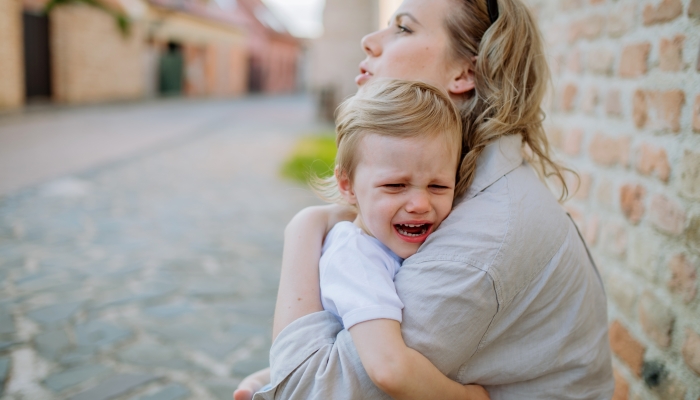
Attachment theory researcher, Dr. Dan Seigel, has identified four main conditions44. Ingham, F.. The Four S’s of Parenting: Dan Siegel’s Whole-Brain Child. ParentMap. 2013. https://www.parentmap.com/article/the-four-ss-of-parenting-dan-siegels-whole-brain-child for a child to develop a secure attachment. They are called the four S’s of attachment—feeling safe, seen, soothed, and secure.
Feeling Safe
Children need to feel safe. They need to feel protected from harm and pain. They must believe the people caring for them will keep them safe regardless of circumstances.
Children also need to feel safe emotionally. They need to believe their emotions are seen and respected.
Ways a caregiver provides this:
- Provide consistent, reliable protection from harm.
- Provide predictable sources of food and shelter.
- Stay close by but still allow for exploration.
- Strive to exude warmth and a sense of nurturing.
Feeling Seen
A child needs to feel seen and accepted. They need to believe that their parent will be able to meet their physical and emotional needs. They need to trust that they will have food, shelter, and medical attention. They also need to trust that they will receive attention for their emotional needs.
Ways a caregiver provides this:
- Validate their feelings and help them.
- Have consistent quality time together.
- Focus attention on meeting their physical and emotional needs.
- Be reliable in all aspects.
- Practice personal boundaries and discuss their importance.
Feeling Soothed
A child needs comfort during moments of pain, discomfort, or fear. To establish a secure attachment with a child, they must believe you care about their pain and fears. They need to feel supported in their efforts to soothe themselves.
Ways a caregiver provides this:
- Soothe and comfort the child when they experience something frightening or painful.
- Be in tune with the child’s needs and wants.
- Teach and model social-emotional activities and self-regulation skills—children learn by watching us.
Feeling Secure
A child needs to know that who they are is valued and appreciated. A child needs to know that they are supported to explore.
Ways a caregiver provides this:
- Encourage a sense of independence.
- Teach them to practice independent skills.
- Acknowledge when they accomplish something challenging or new. Do so with a focus on who the child is rather than what they have done.
- Instill internal validation habits through modeling.
Overcoming a fearful avoidant attachment style is possible. Still, it takes the caregiver’s effort and even sometimes the support of a professional to help cultivate the ingredients necessary for a secure attachment style.
It often requires the parent or caregiver to work through their insecure attachment before being able to show up for their child. If this sounds like you, then finding a trusted counselor or parent coach who can educate and support this growth is the first step to healing for both you and your children.
FAQs
How can I create a safe and nurturing environment for my child with fearful avoidant attachment?
It can take one hundred reassurances to make up for one failure to follow through, so be reliable and predictable in your behaviors toward your child.
Stay consistent with your words and actions. This consistency will help your child learn to trust and feel secure over time.
Encourage independence while also providing comfort and reassurance along the way. Let your child know through words and actions that you are available to them in times of fear, sadness, and pain.
Can other family members or caregivers help support a child with fearful avoidant attachment?
Yes. Research tells us that a child needs only one solid, stable relationship with an adult to develop resiliency. The more secure attachments a child can develop, the more likely he will be to succeed in his adult life.
Do any specific parenting strategies work well for children with fearful avoidant attachment?
While parenting styles can affect child’s behavior, there isn’t a “one size fits all” approach to parenting for secure attachment. While we know the ingredients necessary, the way you provide them can be different from family to family.
Responsive parenting and attachment parenting are two strategies designed for secure attachment. These can be helpful resources for anyone desiring more knowledge of attachment styles.
When should I seek professional help or therapy for my child with fearful avoidant attachment?
In order to provide secure attachment for your child, you must also have secure attachments in your own life. It’s advised to seek therapy if your attachment style seems to be interfering with your ability to provide the ingredients for a secure attachment in your home.
Regardless of your own attachment wounds, you may find it helpful to get the assistance of a parent coach or child therapist to help you facilitate the type of relationship required for your child’s attachment needs.
References
- How Fearful Avoidant Attachment Style Develops in Childhood. Attachment Project. (2023, April 6). https://www.attachmentproject.com/blog/fearful-avoidant-attachment-style/#:~:text=The%20fearful%20avoidant%20attachment%20style%20occurs%20in%20about%207%25%20of,see%20them%20as%20%E2%80%9Cscary%E2%80%9D.
- Simsek, G., Unubol, B., & Bilici, R. (2021). Attachment Styles of Parents with Alcohol Use Disorder and the Relation of Their Parenting Perception to Their Parenting Attitudes. ALPHA PSYCHIATRY, 22(6), 308–317. https://doi.org/10.5152/alphapsychiatry.2021.21239
- Toxic Stress. Center on the Developing Child at Harvard University. (n.d.). https://developingchild.harvard.edu/science/key-concepts/toxic-stress
- Ingham, F. (2013, December 30). The Four S’s of Parenting: Dan Siegel’s Whole-Brain Child. ParentMap. https://www.parentmap.com/article/the-four-ss-of-parenting-dan-siegels-whole-brain-child
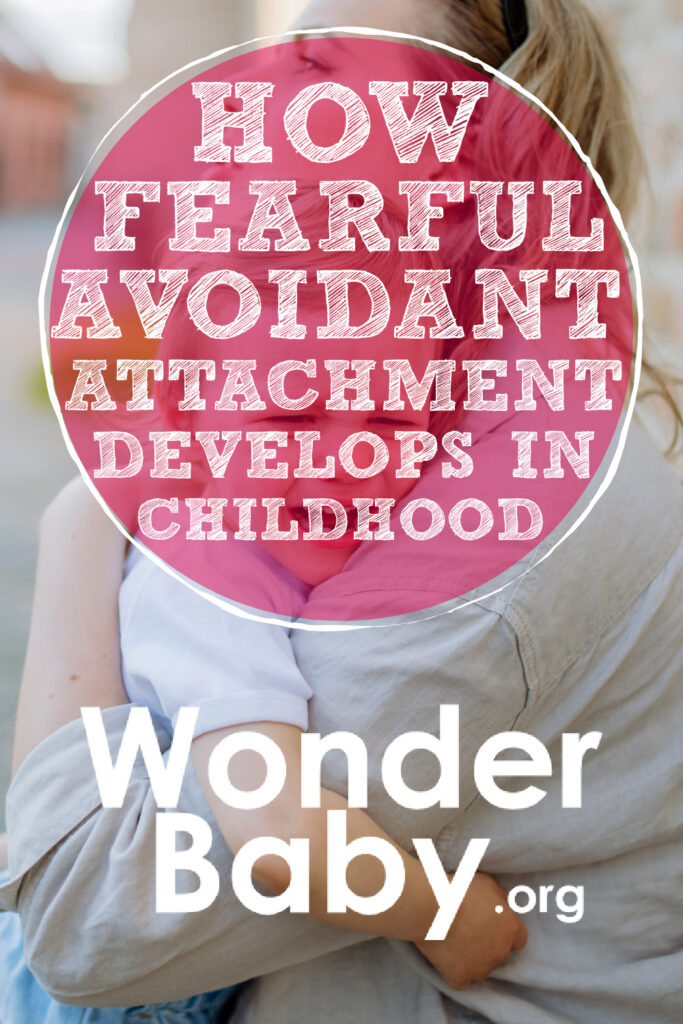
Related Posts
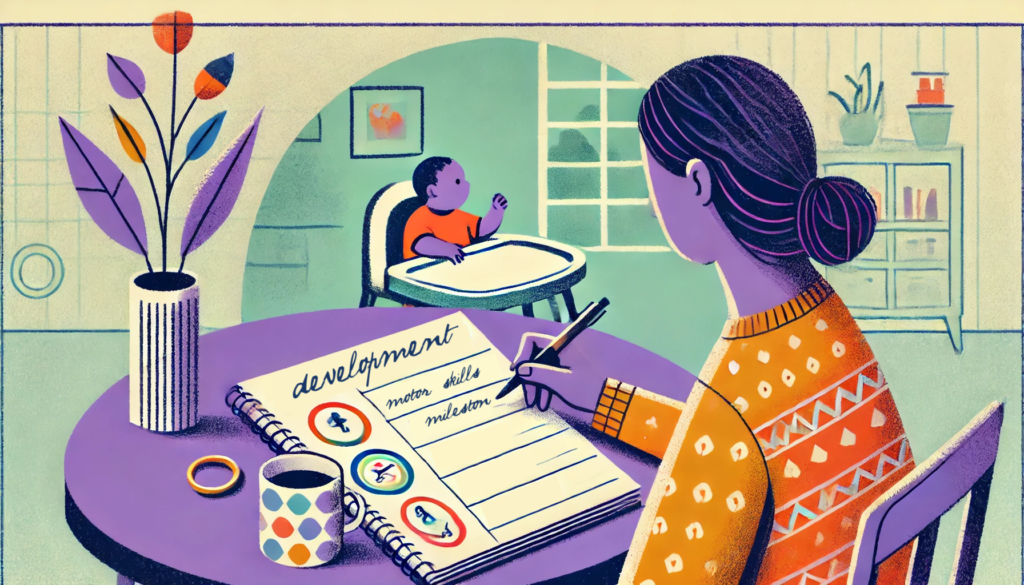
Development, Special Needs
How to Track Milestones for Developmentally Delayed Babies
Parents of developmentally delayed babies can explore practical tools and strategies to track milestones, celebrate progress, and support their child’s unique developmental journey.
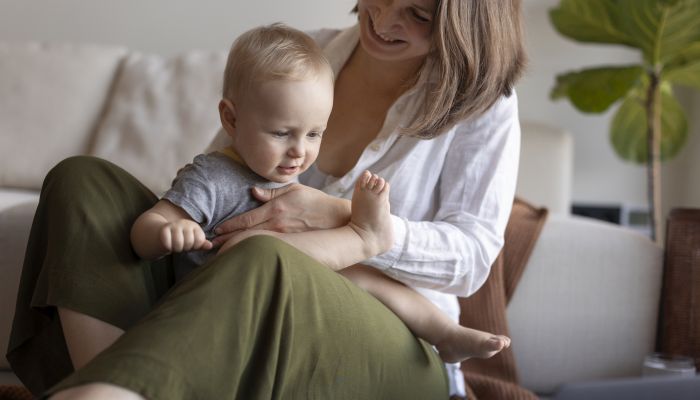
Fine and Gross Motor
5 Alternatives to Tummy Time for Babies with Motor Development Challenges
Does your baby struggle with tummy time due to motor development challenges? These alternatives to tummy time will offer the same benefits.
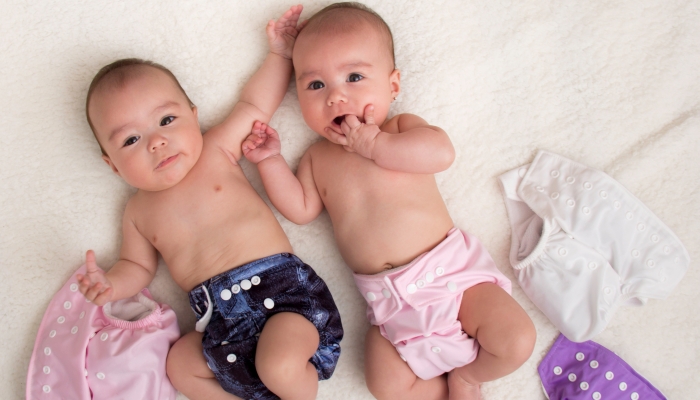
Development
Should Twins Share a Room?
Wondering if your twins should share a room? We’ll explore the pros and cons of room-sharing for twins right here before you make your decision.